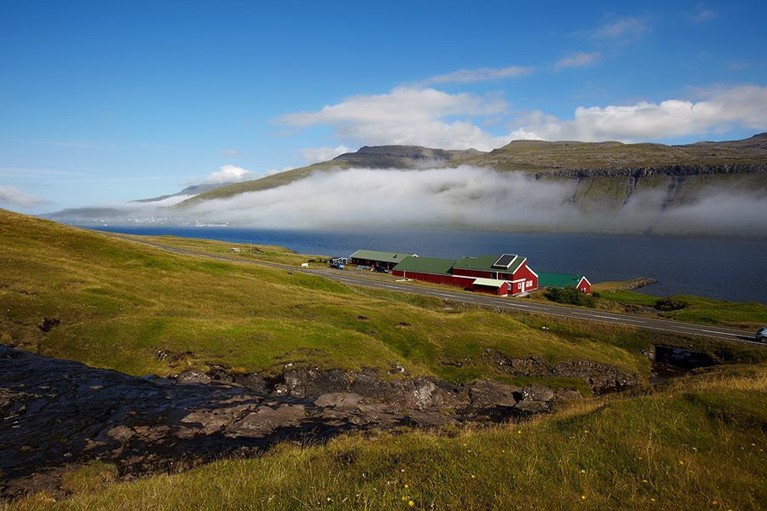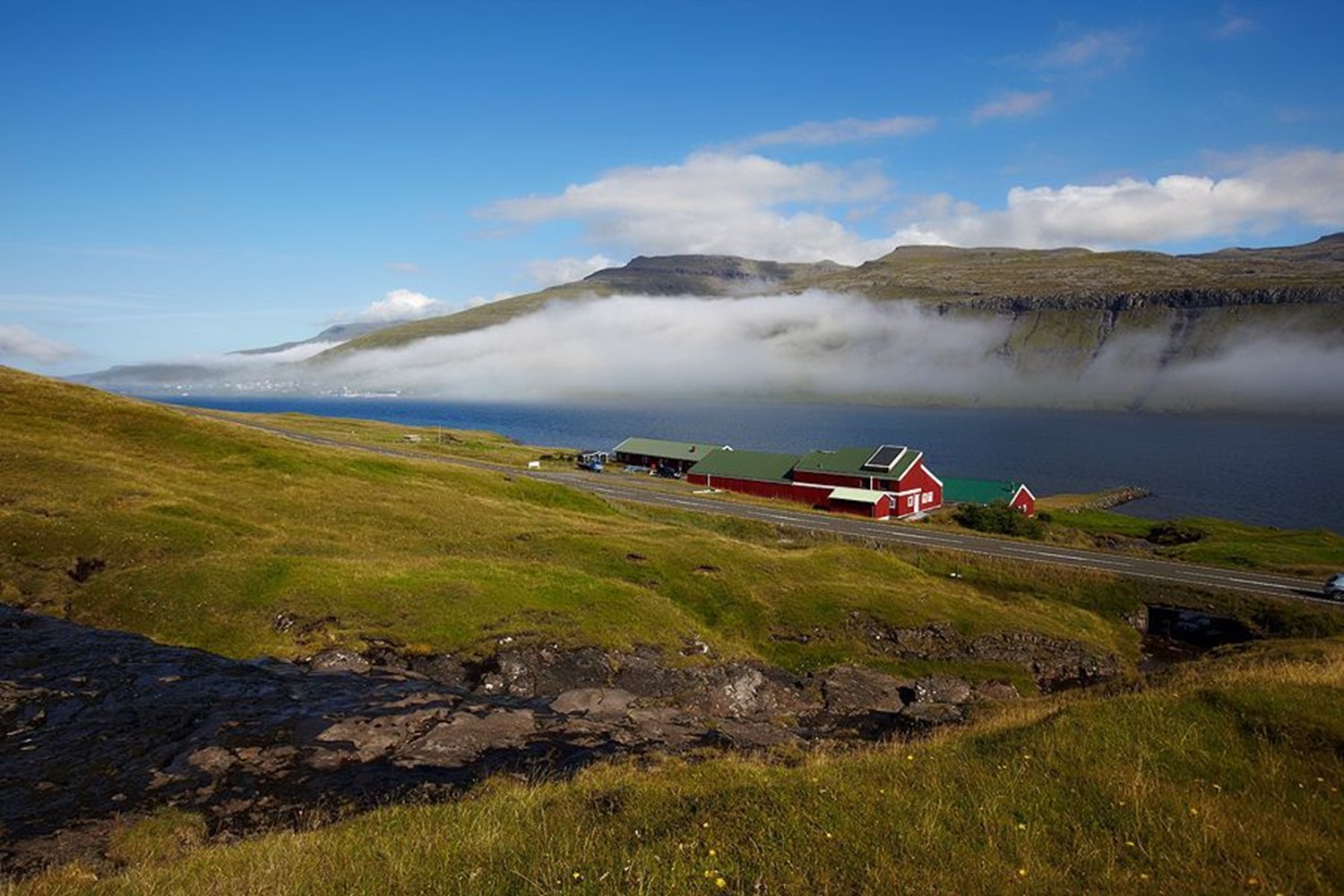RESEARCH: almost half of the Faroese export value is produced in the Faroese fjords, and these same fjords are also recipients of the resources that make up a large part of the other half. The industries in question are aquaculture and the fishing industry, but also the fast-growing tourism industry makes use of the fjords. It is important to know how potential infestations, lice in the aquaculture industry, as well as land-based emissions spread in and between the fjords.
In the last few years Fiskaaling has, in collaboration with others, regularly conducted extensive hydrographic measurements in some fjords. Now the measurements from Sundalagið are being used to develop a 3D model of our largest fjord system, which, when finished, can likely be applied to other fjords.
Almost all industries, as well as most of us who live here, use the fjords in some way or another. Be it the aquaculture industry, the fishing industry, the fast-growing tourism industry, as well as other industries being somehow reliant on the fjord connections.
Although the export value, which is created in or moved through the fjords, has seen significant growth in the last few years, a large part of our knowledge on the fjords is still built upon a research project conducted by some public institutions in the late eighties. An extensive summary can be found in the periodical Fiskirannsóknir no. 6, which Fiskirannsóknarstovan – now Havstovan (the Faroe Marine Research Institute) – published in 1990.
However, in the last few years there have been a few singular projects to analyse the currents in individual fjords in more detail. One of these areas is Sundalagið and Tangafjørður, where measurements of the currents from the seabed and up to the surface were conducted in ten locations in the years 2012-13. This was done by placing a current meter, which uses sound to measure up through the sea, on the seabed in a period of up to 3 months at each location.
In the last two years regular hydrographic measurements have also been carried out. The measurements in question are of temperature, salinity, growth, and oxygen content at the surface and down to the seabed, which are made from a boat. This has been done 15 times in the last two years at the same 35 locations from the southernmost end of Tangafjørður and north up to Eiðisgrynnan.
The measurements show that the currents in this fjord system are very diverse with both short- and long-term changes due to the changing weather and seasons. The results show that it varies how the different depths are affected. For the purpose of including all of the measurements into a complete analysis, a 3D model is now being developed of the entire fjord system from Nólsoyarfjørður and north to Eiðisflógvin. The currents on the surface of the sea is, to a large extent, controlled by the wind, and to get the best possible results in the entire area a highly granular weather model is also part of the project.
When the model has been developed to produce an adequate description of the currents, it will be possible to make fairly concrete measurements of the connection between the various parts of the fjord. For instance, in regard to how infestations and lice in the aquaculture industry as well as land-based emissions spread between the fjords. And likewise, how the living conditions of seabed-dwelling creatures may be affected by natural or human-wrought changes. When the model has been developed for this area, it will expectedly be relatively easy to apply it to other fjords.
The measurements were made by Fiskaaling in good cooperation with Havstovan, while the model part was organised as a Ph.D. project with the Niels Bohr Institut at the University of Copenhagen together with Fiskaaling, and in close collaboration with Havforsksningsinstituttet in Bergen. Financial funding for the project has been provided both by both aquaculture companies in the area, Marine Harvest Føroyar and Bakkafrost, as well as by Statoil Føroyar and Research Council Faroe Islands.
Further information is available by contacting Sissal V. Erenbjerg, Ph.D. student, sissal@fiskaaling.fo, or Knud Simonsen, researcher, knud@fiskaaling.fo.


